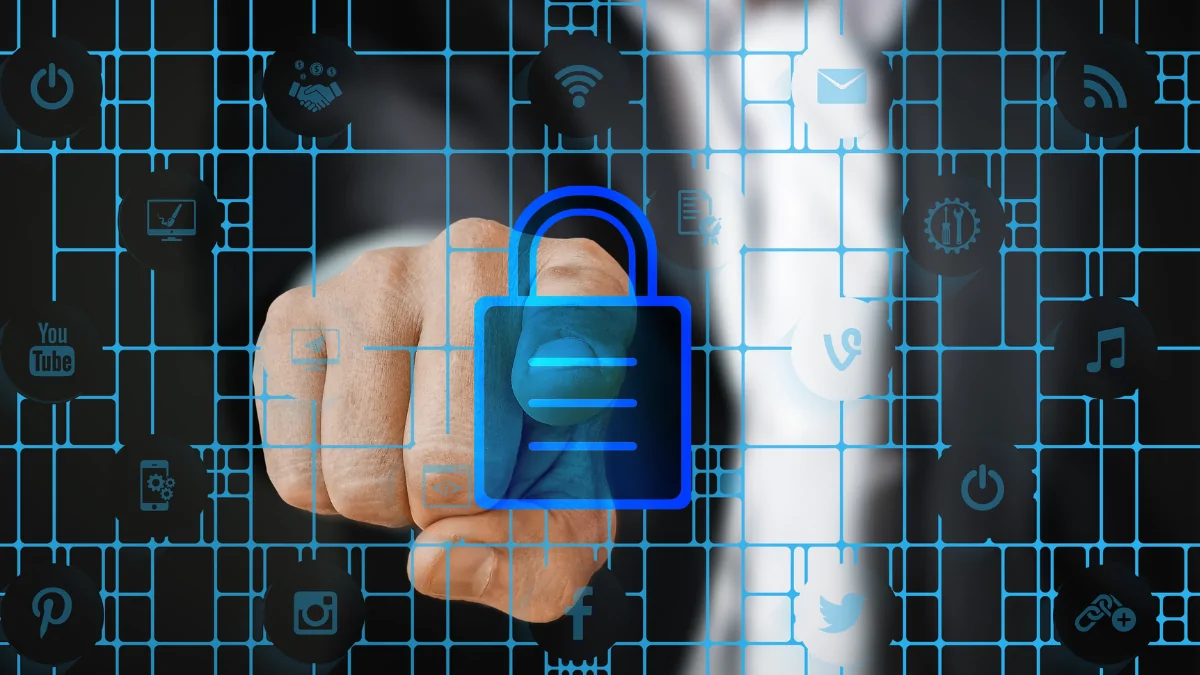The Technology Behind MDR: Smarter Detection, Faster Response

The Technology Behind MDR: Smarter Detection, Faster Response
Cybersecurity has evolved beyond the age of perimeter firewalls and static defenses. As attackers become increasingly clever, companies seek solutions that can cut through the noise, detect threats in real time, and respond before damage spirals out of control. This is where Managed Detection and Response (MDR) has emerged as a guiding force.
But what exactly is the power of the MDR in the background? Why is MDR regarded as smarter and quicker than legacy security models? Let’s analyze the technologies and processes driving MDR and how they make organizations resilient to cyber threats.
Understanding MDR
Managed Detection and Response (MDR) is not some security tool, it’s an ecosystem. It integrates advanced analytics, real-time monitoring platforms, and human experience to find, analyze, and respond to threats. Unlike traditional solutions that rely heavily on static rules, MDR learns and grows with new attacker methods.
The foundation of MDR consists of three components: visibility, intelligence, and automation. Working together, each forms a cycle of detecting threats early, investigating them thoroughly, and remediating them effectively.
The Engines Behind MDR
1. Threat Intelligence Integration
All successful MDR solutions are driven by threat intelligence feed, an ongoing stream of information regarding adversary tactics, tools, and campaigns. These feeds can include open-source intelligence (OSINT), commercial threat intelligence services, and proprietary research. MDR systems construct a real-time image of the threat environment by superimposing these sources over each other.
When a suspicious incident appears in a network or endpoint, it is compared against this intelligence. This significantly reduces false positives and shows actual threats.
For instance, if a login attempt is from an IP address associated with ransomware distribution, MDR knows the need flag it.
2. Endpoint Detection and Response (EDR)
Endpoints are still the preferred entry point for attackers; laptops, servers, and mobile devices are common entry points. MDR closely monitors these devices and counts on strong endpoint detection and response capabilities.
EDR solutions constantly gather behavioral data on file execution, registry changes, process chains, and memory activities. Rather than raising every anomaly flag, the current EDR uses behavioral analytics to comprehend context. For example, PowerShell from an HR tool may be harmless, but PowerShell creating encryption processes on many files indicates a problem.
3. Security Information and Event Management (SIEM)
SIEM platforms serve as the MDR’s central nervous system. They collate logs from intrusion detection systems, firewalls, cloud services, and applications. By correlating thousands of data points, SIEM uncovers patterns that one log could never expose.
In MDR, SIEM tools are not repositories but analytics engines. They apply correlation rules, machine learning models, and threat hunting queries to detect advanced attacks, including insider threats or slow-moving APTs.
4. Automation and Orchestration (SOAR)
Speed is essential in cybersecurity. After a threat is detected, MDR uses security orchestration, automation, and response (SOAR) platforms to act rapidly.
SOAR tools can automatically isolate a compromised endpoint, disable suspicious accounts or block malicious domains within seconds. This reduces dwell time, during which attackers go undetected within a system. MDR decreases dwell time and avoids data theft, lateral movement, and ransomware detonation.
5. Machine Learning and AI Models
One of MDR’s strongest competitive advantages is its use of artificial intelligence. One of MDR’s biggest differentiators is its reliance on artificial intelligence. Machine learning models digest massive volumes of telemetry and learn to recognize patterns linked to malicious behavior.
For example, supervised models might detect anomalies by comparing current traffic against known baselines. Unsupervised models can surface new, never-before-seen attack methods. Over time, the system gets smarter, recognizing subtle tactics that would otherwise slip through traditional defenses.
6. Cloud-Native Scalability
Modern MDR solutions are usually cloud-native, so that they can scale as rapidly as a company’s infrastructure. Hybrid, multi-cloud, or on-premises, cloud-based MDR solutions provide centralized visibility without introducing performance bottlenecks.
This scalability is critical for businesses adopting cloud workloads or remote work setups. It provides continuous monitoring across environments while breaking down silos that attackers tend to target.
Why MDR is Smarter and Faster
The real advantage of MDR lies in how these technologies come together. Here’s what makes MDR stand out compared to legacy security programs:
- Proactive Detection – MDR does not sit and wait for alerts to come in; instead, it proactively searches for indicators of compromise.
- Context-Driven Analysis – Alerts are supplemented with threat intelligence and behavioral context, eliminating false positives.
- Rapid Response – Automated playbooks enable quicker containment, usually before human teams respond.
- Expert Oversight – Analysts confirm key findings, maintaining accuracy while utilizing technology for scale.
This blend of automation and human expertise creates a synergy where neither operates in isolation.
Challenges MDR Helps to Solve
- Alert Fatigue – SOCs without MDR are bogged down by noise. MDR filters and prioritize alerts to ensure teams can focus on what is important.
- Evolving Tactics – Attackers make continuous innovations. MDR’s intelligence-led approach ensures defenses keep pace with the same frequency.
- Skill Shortage – Most businesses don’t have in-depth cyber expertise. MDR bridges the gap by merging technology with experienced guidance.
- Faster Containment – Quicker Containment – Manual response can take hours or even days. MDR reduces this to minutes.
The Human Element Still Matters
While the technology is impressive, human expertise is the glue that holds MDR together. No AI model can fully replace the intuition of a seasoned analyst. Skilled professionals validate alerts, investigate root causes, and guide recovery strategies.
Ampcus Cyber, for example, highlights the essential need to integrate people, processes, and technology. Their work in cybersecurity illustrates the value of blending advanced detection tools with human judgment to reduce risks and improve response outcomes.
The Future of MDR
As threats continue, MDR will advance with further AI integration, predictive analytics, and remediation automation. Next-generation MDR models can even anticipate attacks before they launch, utilizing global data sharing and predictive threat modeling.
However, one thing is sure: MDR is a building block of contemporary cybersecurity that enables organizations to adapt to the speed of today’s adversaries.
Final Thoughts
MDR technology is designed to keep companies strong in an era of never-ending cyberattacks. It merges threat intelligence, SIEM, EDR, SOAR, and AI to provide smart detection and quicker response.
For organizations considering their security posture, MDR is no longer a choice. It’s the difference between being surprised and being one step ahead.
About the Author
Deep Chanda, Chief Officer at Ampcus Cyber, is an accomplished cybersecurity leader with over 18 years of experience in managing and securing critical IT infrastructure for various industries. As an expert in cloud security, data protection, and risk management, he has playeda pivotal role in ensuring the cybersecurity posture of large enterprises. Deep is known for his strategic approach to cybersecurity and his ability to drive digital transformation securely. His insights on cybersecurity best practices are informed by his extensive experience and commitment to protecting organizations from evolving cyber threats.
Deep Chanda can be reached via: https://www.linkedin.com/in/deep-chanda-9433014b/






